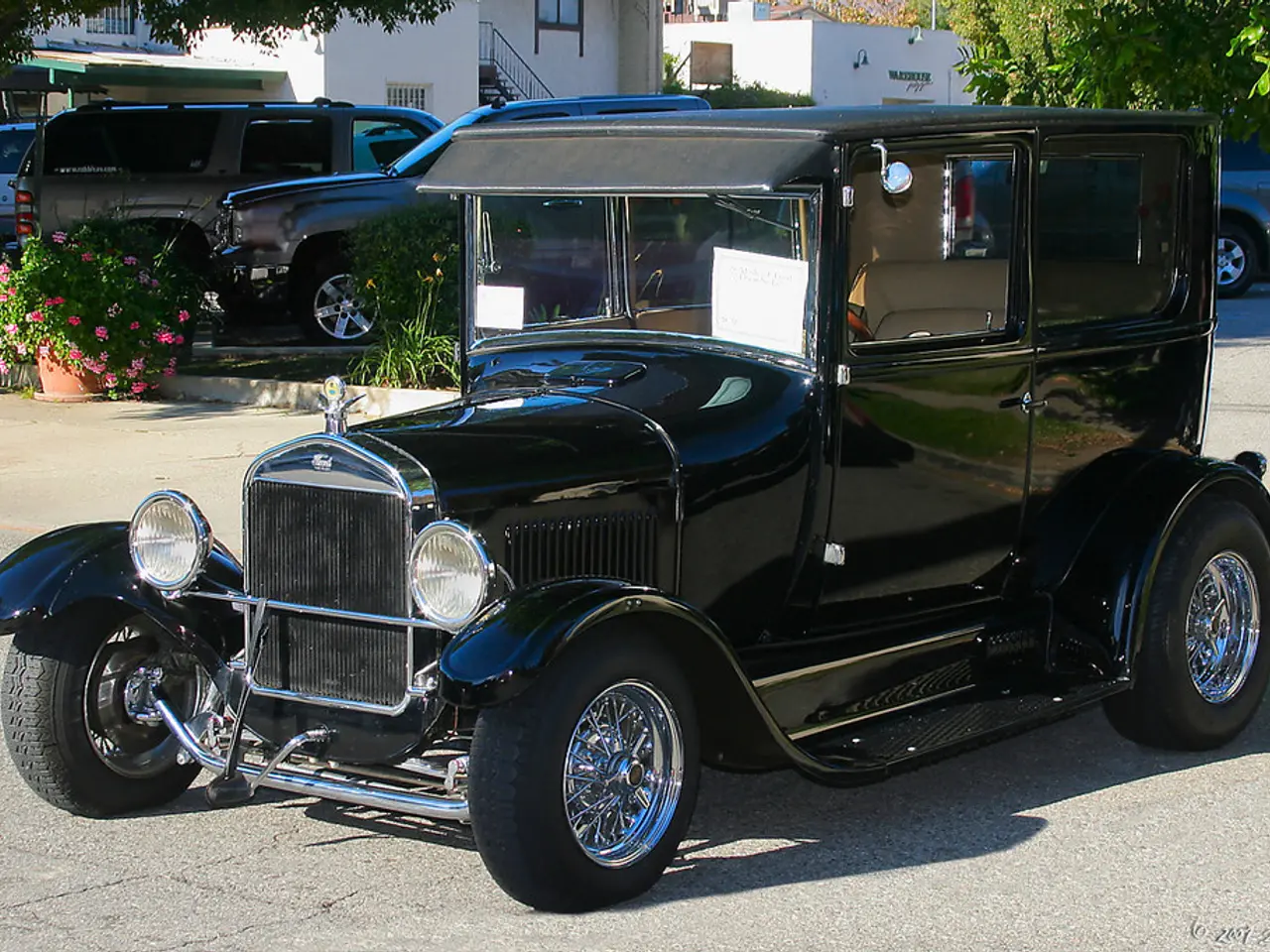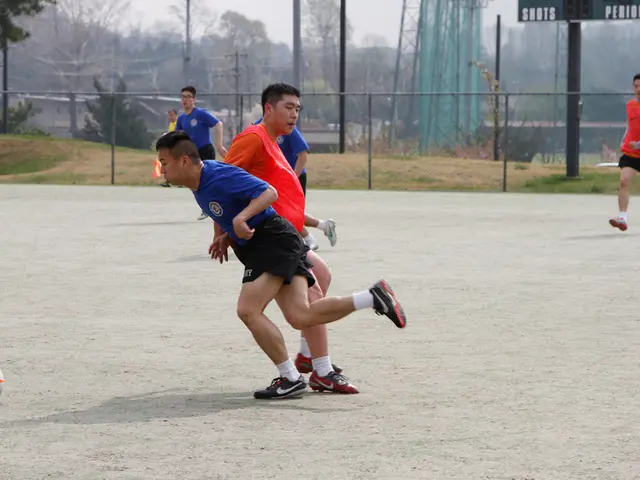Overcoming Crown Restoration Challenge 5: Navigating the Complex "Vehicle Edition" Barrier
In the heart of Japan's automotive industry, the Motomachi Plant was buzzing with a unique project in the spring of 2022. The team at Toyota embarked on a mission to restore a first-generation Crown, a vehicle that first graced Japanese roads in January 1955.
Over seven decades, this iconic car has faced various troubles and repairs, much like how human bodies age. However, the quality and durability of the original Crown and its peers cannot match that of today's vehicles. In the case of the first-generation Crown, the solution often involves using used parts, but even these come with their own challenges.
One such challenge is the "model year" issue, an unavoidable factor in the restoration of classic cars like the first-generation Toyota Crown. This issue can significantly impact the restoration in several ways:
- Parts Availability and Compatibility: Early Toyota Crowns often had changes in components and specifications between model years. Sourcing parts for the exact model year is crucial to avoid incompatibilities, such as slight differences in engine mounting, trim pieces, or electrical systems.
- Authenticity and Value: Restoring a first-generation Crown to its authentic, original factory specification tied to a specific model year is important for historical accuracy and vehicle value. Using parts or design elements from a later (or earlier) model year can reduce the car’s originality and appeal to collectors.
- Documentation and Reference Materials: Restoration guides, factory manuals, and catalogs often differentiate between model years due to updates or improvements. Having the correct model year ensures that restorers reference the right technical drawings, wiring diagrams, and assembly instructions.
- Identification and Verification: The "model year" affects vehicle identification numbers (VINs), manufacturing plates, and badges that restorers need to verify the car’s provenance. Misidentifying the model year could lead to incorrect restoration approaches or legal complications regarding registration and historic vehicle status.
- Historical Context of Changes: The transition between model years sometimes corresponded to design shifts caused by market feedback or regulations. Understanding the timeline lets restorers understand why a certain feature or change exists, enabling better restoration decisions.
For the team at Toyota, addressing the "model year" issue is essential for a successful and faithful restoration. The first-generation Crown, being 70 years old, is considered to be well into old age in human terms. As with any aged vehicle, over the years, even the sturdiest parts will wear out or break down, requiring repairs. Even the same parts from the same model may be unusable or require modification due to the "model year" issue.
Carmakers are legally required to supply replacement parts for a set period of time, after which they may no longer be available. In the restoration of the first-generation Crown, Toyota found itself in need of used parts. Many car enthusiasts own multiple salvaged vehicles of the same model to serve as a source of spares.
The restoration series focuses on the efforts of the diverse group of skilled members working tirelessly to bring this classic car back to its original salesfloor condition. As the project progresses, the team will tackle each challenge with determination and precision, ensuring that the first-generation Crown's legacy lives on in pristine condition.
- The team at Toyota appreciates the complexity of car-maintenance when it comes to restoring a classic car like the first-generation Crown, as the model year issue can impact parts availability and compatibility, authenticity and value, and the historical context of changes, among other factors.
- When the team at Toyota is faced with the challenge of sourcing parts for their restoration project, they often turn to car enthusiasts who own multiple salvaged vehicles of the same model, serving as a source of used parts that are essential to the faithful restoration of the first-generation Crown.








